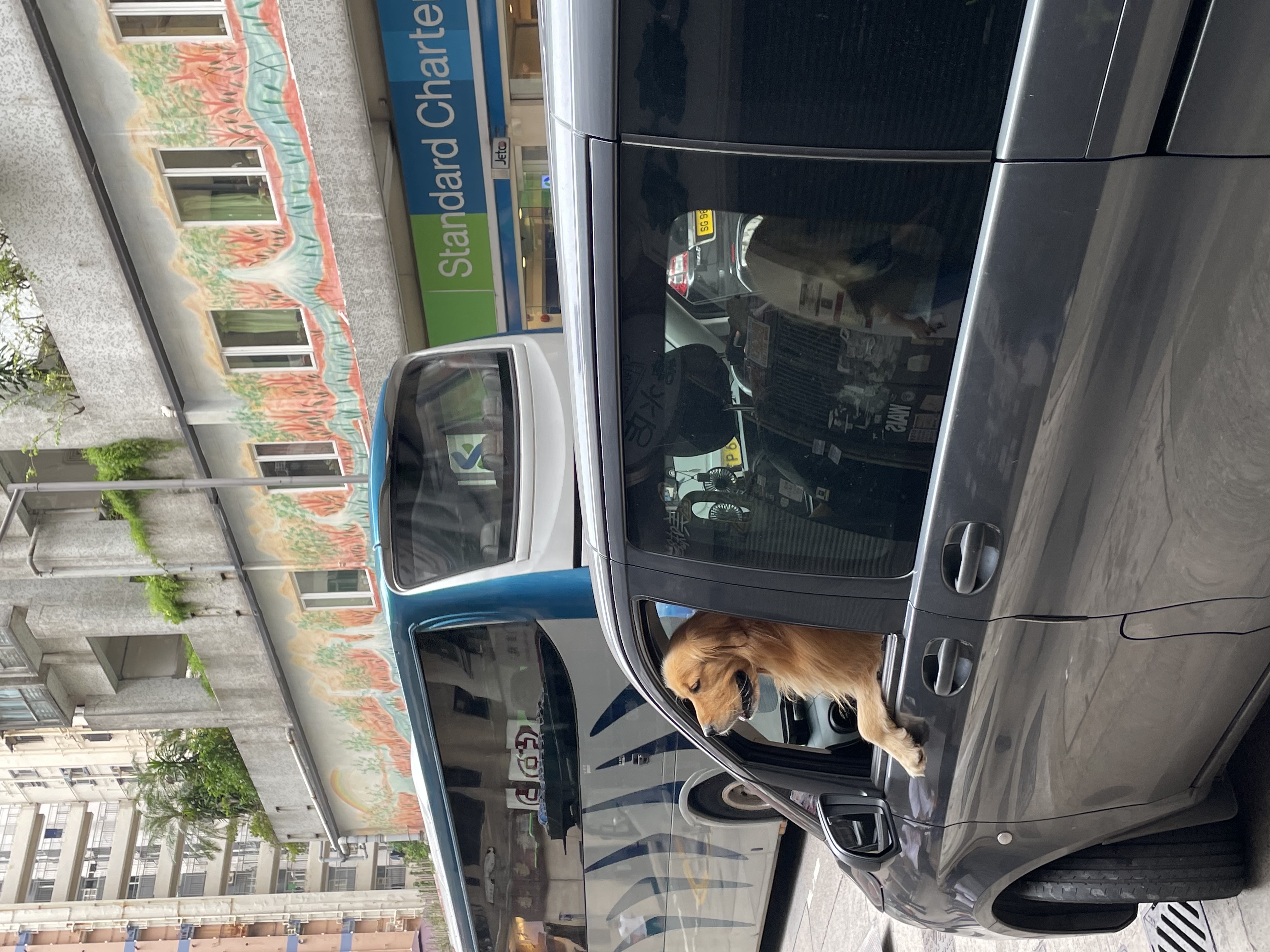[Dev] SEO Web Design
1. What is SEO?
SEO, which stands for search engine optimization, involves improving a website’s content and structure to increase its visibility and ranking on search engines. The primary objective of SEO is to make it easier for search engines to understand a website’s content and purpose, resulting in higher rankings and more traffic to the site.
2. Why is SEO important?
If your company’s website has an attractive layout but none of its web pages appear in the search engine results, it will be challenging for people to discover your website.
SEO Increases Organic Traffic
Organic website traffic refers to the visitors who find your website through search engines without any payment. This means that they discovered your site by searching for something on Google and selecting it from the top results. The better SEO web design you have, more visitors will be selecting your website from the top results.
SEO Increases Profit
In general, the purpose of creating a website is to make money. Implementing an SEO strategy may require a considerable amount of time, but the modifications made are usually free of cost. Business owners with some knowledge of website management can establish SEO parameters on their own or delegate the task to a team member. The primary takeaway is that SEO is an affordable approach to attaining your marketing objectives and boosting your return on investment (ROI).
3. How to optimize for SEO Web Design?
Mobile-Friendliness
It has been reported that in 2021, 55 percent of worldwide traffic came from mobile. It is estimated that by 2025, three quarters of the world will use mobile to access websites. Hence, it would be important to create a responsive website for both mobile and desktop.
Readability
The content in your website should be organized, so that visitors are able to get the information that they need. To make your website content easy to read, it is recommended to use big and bold fonts in either serif or sans-serif style for headers and copy blocks. This is considered a best practice.
Image File Names
You might have not noticed, but image file names also contribute to website optimization. Use keywords and descriptors that help the search engine understand what the image is used for.
For example,
Alt Tags
In a similar way, it is important to include alt tags for your images. This is crucial for a variety of reasons.
Firstly, images are displayed in almost 25% of Google search queries, and younger users prefer visual search capabilities. By using alt tags, Google’s algorithm can understand the content of your images and display them in relevant search results.
Secondly, including alt tags improves the accessibility of your website. Screen reader users can understand the content of your images, allowing visually impaired users to have a better experience on your website. Your alt tags should describe the image in a complete sentence, starting with a capital letter and ending with a period.
Website Navigation
The navigation bar should include categories leading to the most important pages on the website. It should be simple and concise.
Using a content hierarchy would be a good solution, by dividing your website into categories and subcategories based on the importance of each product.
Most importantly, users navigating through your website should not require much thinking. It should be structured in a way so that users can easily find the information that they need.
URL Structure
THE URL structure of your webiste should only include that page’s focus keyword. By using keywords for each page, it would be easier for users to remember and type in the URL when they are looking for a certain page for your website.
Metadata
Your metadata consists of your title tags and meta description which appear in Google search results. Around 36% of SEO experts consider the title tag to be the most crucial SEO element, so it’s essential to optimize your metadata. By incorporating the focus keyword in your title tag and meta description, you can enhance your SEO. Keep in mind that the title tag can have up to 60 characters, and the meta description can have up to 160 characters.
